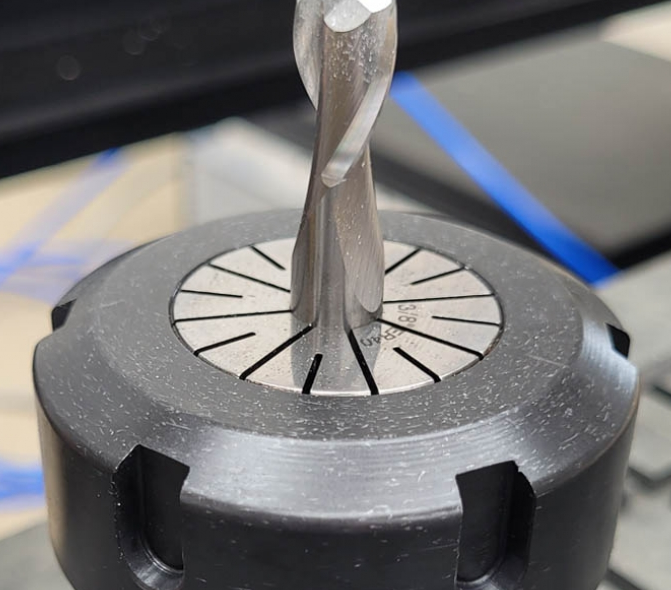
- English
- Español
- Português
- русский
- Français
- 日本語
- Deutsch
- tiếng Việt
- Italiano
- Nederlands
- ภาษาไทย
- Polski
- 한국어
- Svenska
- magyar
- Malay
- বাংলা ভাষার
- Dansk
- Suomi
- हिन्दी
- Pilipino
- Türkçe
- Gaeilge
- العربية
- Indonesia
- Norsk
- تمل
- český
- ελληνικά
- український
- Javanese
- فارسی
- தமிழ்
- తెలుగు
- नेपाली
- Burmese
- български
- ລາວ
- Latine
- Қазақша
- Euskal
- Azərbaycan
- Slovenský jazyk
- Македонски
- Lietuvos
- Eesti Keel
- Română
- Slovenski
- मराठी
- Srpski језик
How can I avoid CNC tools breakage?
2023-07-05
Over time, the tools you use most often will break. That's a given. Even the tools you use infrequently will reach the point where they no longer function up to par. When that day comes, you'll have no choice but to buy new replacement tools. But there are ways to make sure you get the most out of your tools before that day, so you don't even have to think about buying new ones (at least for a while!) .

If the CNC milling machine is where it all begins, then the tooling is the last and equally important piece. Tools can be costly and damage can lead to downtime, so let's look at the reasons why tools can break and what to look for.
Broken cutting edges on CNC tools
If a tool breaks at the cutting edge, it could be due to one of three reasons. First, the cutting edge length may be too long and you are cutting at the tip of the tool. Second, it's a feed and speed issue - you may be cutting too fast or too slow. Always use a feed and speed calculator to ensure that you get the best results without burning up your tool. Third, the tool is no longer sharp and needs to be replaced.
Broken tool shanks on CNC tools
If the tool breaks on the shank, it is likely that the tool holding problem is caused by the collet, collet nut or shank.
Collets
Do you have the right collet for the tool? It sounds simple, but if you have a 6mm tool, use a 6mm collet, not a 1/4" (6.35mm) collet, and have the toolholder at least 85% fully in the collet. If small marks appear on the tool shank, the collet is not clamping evenly. This can squeeze the tool, affect the clamping angle of the tool, and can shorten the life of the collet and tool. If you use the same collet eight hours a day, five days a week, it is best to replace it every three to six months, so watch for signs of wear.
Collet nuts and holders
The first question to ask is: How old are the collet nuts and holders? Just like collets, they wear over time, which can affect the alignment of the tool. If the shank of the tool keeps breaking, it may be a good time to replace the old collet nut and shank.
Preventing breakage not only saves the cost of buying new tools, but also saves downtime caused by having to replace tools or waiting for new tools to arrive.



